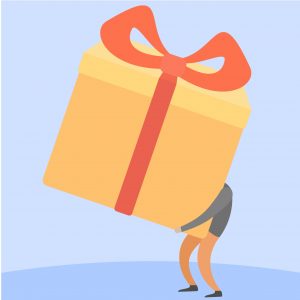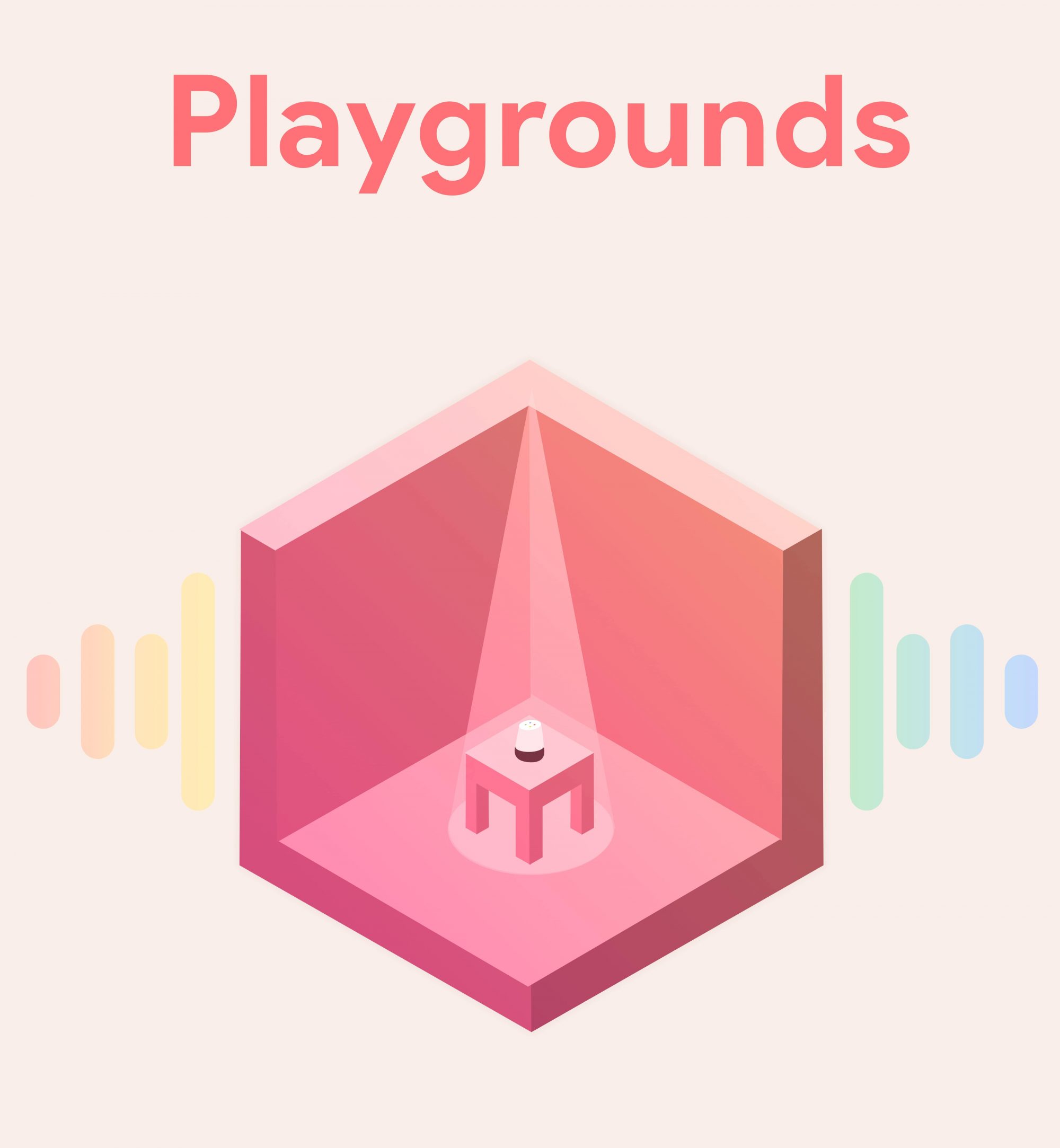Week Eleven was, ideally, the last time the project will be seen by the team as a collection of independent pieces.
With an understanding of the core interaction we wanted to build on, the week began with the programmers rolling the work forward, back to the build we were forced to abandon before the software update on the tablet. As this software is new to us, early access, and existing documentation is slim, there is a bit of a feeling of being pioneers. A large portion of that feeling come from how we’re trying to use the software.
Aiming for an engaging and fun experience, we’re going above and beyond the basic interaction interface. By integrating Phillips’ Hue API, we’re adding an additional layer of magic and unexpected interaction through five different color-changing smart bulbs. We are also adding multiple additional pieces of hardware to be considered, and an additional layer of programming that needs to be created. Adding sound effects into the software is not inherently difficult, but it adds questions like what is being called, how that effect is being called, and where all of those effects are being stored.
Physical design worked hand-in-hand with programming this week, making sure that our code fit our layout, and that our aesthetic supported the experience, instead of working against it. Lamp height, placement, use, and whether they should be for the active guest or the audience watching were all decided this week.
Of all of the things that were changed due to feedback from Playtest-Weekend, the script saw the most fluctuation. This was because overall feedback was that the experience felt like the correct length, but that the assistant spoke too much. Or initial response was to shorten all of the text, but that ran into issues with preserving the humor. A new option available to us can be found with the smart-tablet software; we are now able to split up out text into more bite-sized chunks. Our current round of testing is to see if the smaller pieces of text over time makes the exchange more palatable. We were also able to sit down with Brenda again to check our progress on dialogue.
Art shifted this week as well, though not from playtester data. Previously, we had been using the Android mascot in the art. Our reasoning had been that it would avoid any issue of gender or race for the viewer to use the figure as a self-insert into the questions. However, on Google’s request, we have removed the figure to prevent any kind of brand ambiguity between Assistant and Android. Yvette is taking the weekend to decide on the artistic style moving forward; either focusing on key items or ideas from the questions themselves, or replacing the Android figure with more broad, human style of figure that Google uses in some of its other art.
Alumni Walk-Arounds turned out to be far more low-key than expected. Only four alumni made it to the third floor, where the project room is located. Interactions focused mainly on conversations around design, though we were able to demo a basic run-through for those interested.
Our goal now is to integrate all of the component pieces. Next week is going to be looking at the project holistically, and figuring out what integration we need from there. It will be hard work, but we are starting to see it come together.

